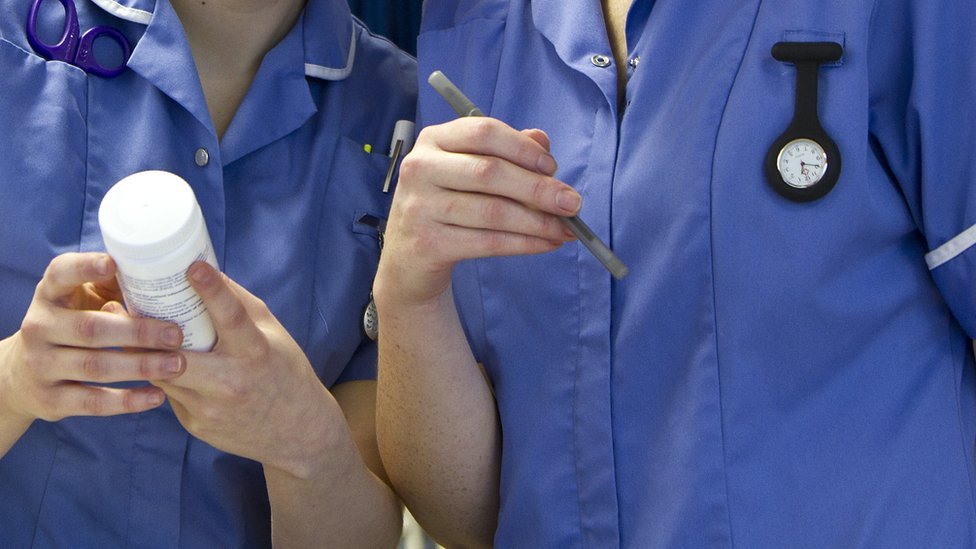
Women are not being represented enough in senior positions across the NHS, report finds
A report has found senior positions across the NHS are severely under-representing women.
Within NHS trusts, just one-in-four chief financial officers are women, just over a quarter are medical directors and only 39% of women are in board-level positions within the ambulance trust.
The report’s findings has resulted in arguments among health professionals, disputing it was critical for NHS leaders to be representative of the population it looks after.
In order to reach the European Commission’s definition of gender balance of 40 to 60 per cent, researchers at the NHS Confederation found that women would have to be in an extra 150 executive and non-executive directorships.
Sam Allen, chair of the NHS Confederation’s Health and Care Women Leaders Network, which carried out the research, said:
It is well-established that boards that properly reflect the communities and staff they serve lead to stronger decision-making and better outcomes for patients. The NHS has made progress, but there remains much more for leaders to do in order to achieve consistent and meaningful gender balance.
Having risen from 37% to 41% since 2017, the greatest progression with female representation has been found in non-executive roles. In the same time period, the study carried out in conjunction with the University of Exeter Business School, found the amount of women in chief executive positions has risen from 43% to 46%.
Similarly, within areas of local government gender equalities can be seen, with only a third of chief executives are female, while 78% of local authority staff are women. Also in the private sector, a recent study carried out by The Pipeline, a gender diversity company, discovered only 14 of the 350 largest companies in the UK are led by women.
Saffron Cordery, deputy chief executive of NHS Providers, said:
There is more to be done before we truly have gender equality in the NHS in the most senior roles. It’s interesting to see that there still appears to be some executive roles that have a very strong male bias, such as finance and medical directors. With more women now training to be doctors than men, we have to see this reflected at the very top of the medical profession.





